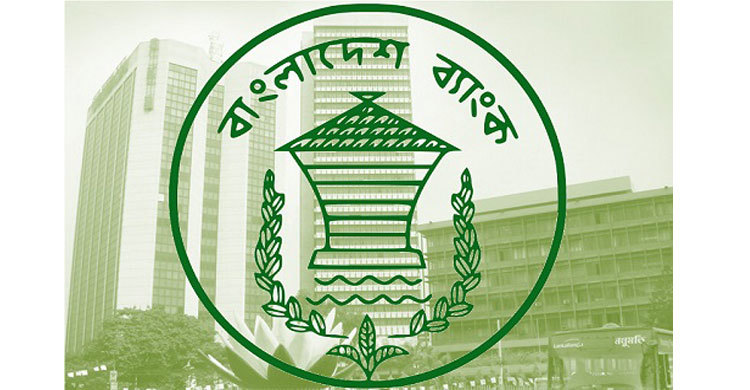Ugandan theft that preceded the breach of Bangladesh’s account

It turns out the heist that moved about $100 million from Bangladesh’s account at the New York Fed to accounts in Sri Lanka and the Philippines have an antecedent.
In the 1980s, rogue employees at Uganda’s central bank manipulated official communications to make off with a much smaller sum, people familiar with the matter said, The wall street journal reports.
The Bangladeshi crime involved withdrawal notices sent along Swift, an electronic messaging system the Fed uses to authenticate parties in payments transfers. In the Uganda case, the thieves worked via Telex-the “teleprinter” technology that central banks used to exchange instructions.
The perpetrators altered communications from the Uganda central bank’s Telex machine to divert money in its New York Fed account to private bank accounts, the people said.
Ugandan officials balked when they were notified of the debit by the New York Fed.
That set off alarm bells inside the New York Fed. A team of officials went in search of the money.
They included Thomas Baxter, who is now the New York Fed’s general counsel and was then an attorney there.
Assisted by authorities in a number of countries, the New York Fed tracked the money to a number of bank accounts.
One suspect was detained in Switzerland while trying to extract the money from a Swiss bank account.
The person was arrested and extradited to the U.S. but not convicted, according to one of the people.
Authorities in four countries are now similarly trying to piece together what happened Feb. 5, when the money was transferred out of an account held by Bangladesh Bank, the central bank, at the New York Fed.
The Fed declined to comment Tuesday. It has said it is working with Bangladesh to investigate the incident.
It also has said the transfer requests were fully authorized, using Bangladesh’s Swift codes, and that none of its systems were compromised.


